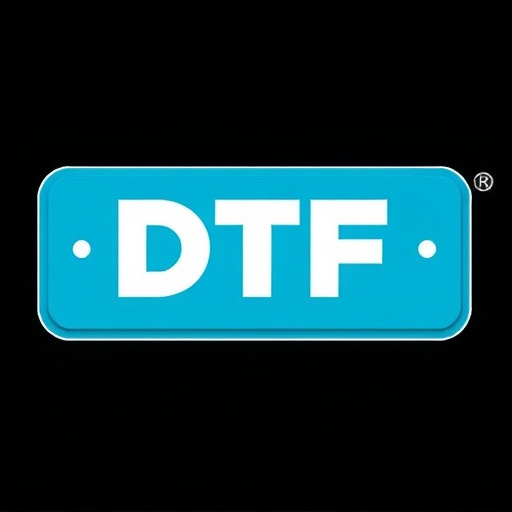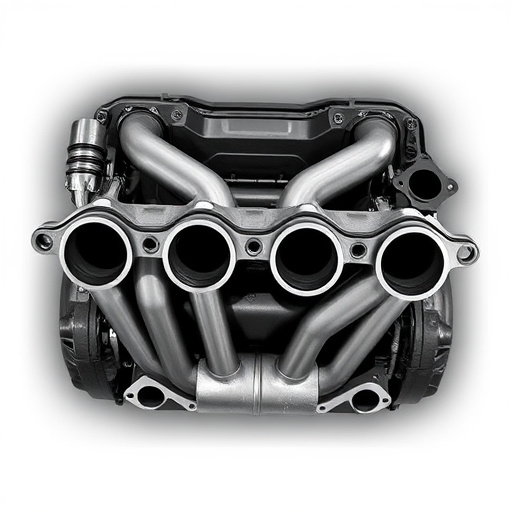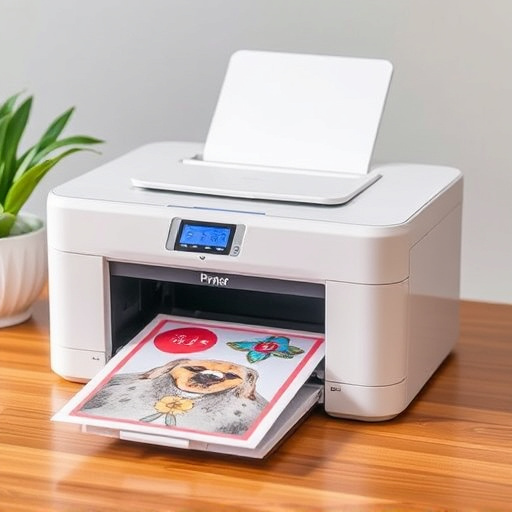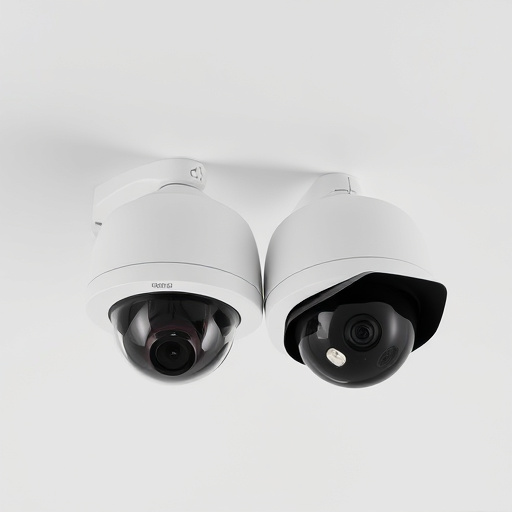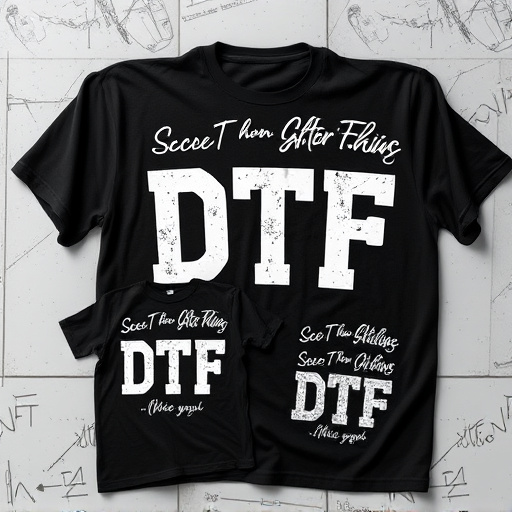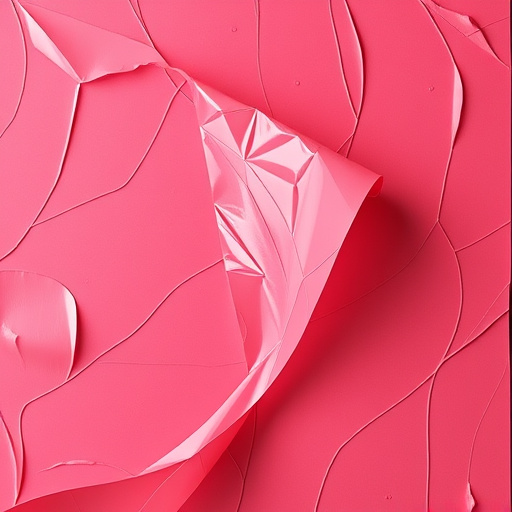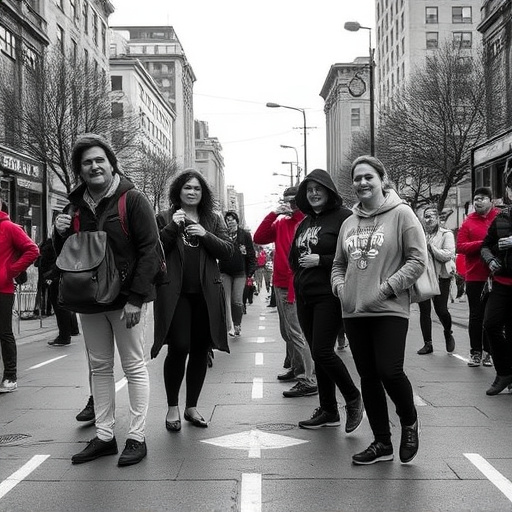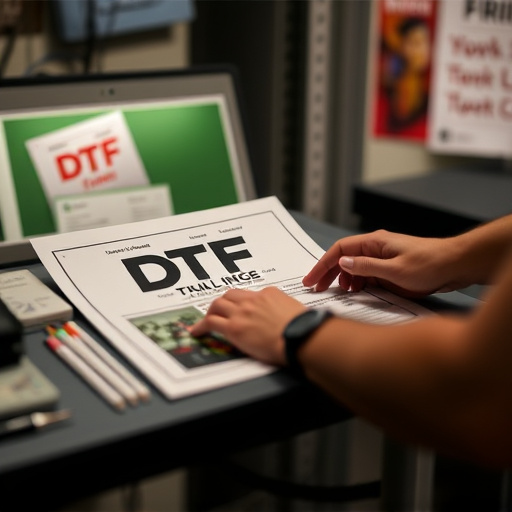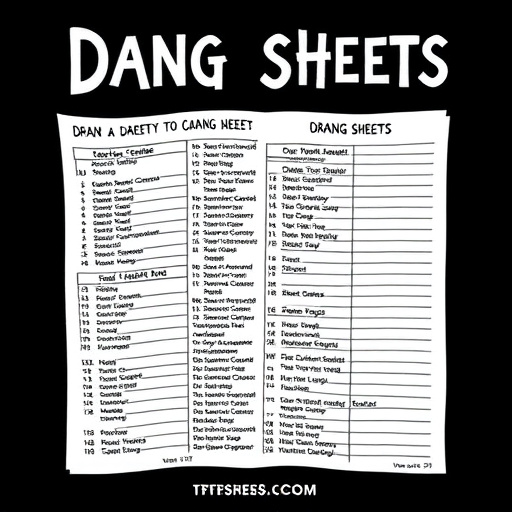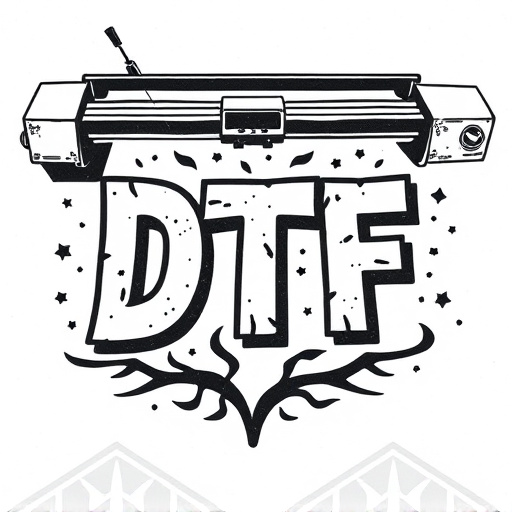DTF Garment Printing revolutionizes clothing customization with intricate, vibrant designs on various fabrics via direct-to-garment (DTG) printing. Using hot or cold peel films, this technology caters to diverse materials and production needs, from small batches to large volumes. Best practices include optimizing design resolution, choosing the right film for fabric type and turnaround time, and pre-testing designs on scrap fabric. For eco-friendly options, cold peel films offer reduced energy consumption, ideal for smaller projects or sustainability-focused businesses.
“Discover the cutting-edge world of DTF (Direct to Garment) garment printing, a game-changer in the textile industry. This technology allows for intricate designs and diverse material options. With hot and cold peel films, printers can now achieve remarkable results.
Explore the advantages of each film type and learn how they impact print quality and efficiency. From understanding the technology’s fundamentals to best practices, this guide covers everything you need to know about DTF garment printing, ensuring your designs pop on a variety of fabrics.”
- Understanding DTF Garment Printing Technology
- Advantages of Using Hot vs Cold Peel Films
- Best Practices for Effective DTF Printing on Garments
Understanding DTF Garment Printing Technology

DTF Garment Printing represents a cutting-edge technology that has revolutionized the way we approach clothing customization and design. This innovative process allows for direct-to-garment (DTG) printing, enabling intricate and vibrant designs to be applied directly onto various fabrics. Unlike traditional methods, DTF printing works seamlessly with both hot and cold peel films, offering a versatile solution for a wide range of materials.
The DTF curing process involves the precise application of heat or pressure to ensure the design adheres permanently to the garment. This technology streamlines the production flow, making it an efficient choice for small-batch or on-demand printing. By understanding the unique dtf design requirements and embracing the dynamic dtf printing process, businesses can unlock endless creative possibilities in clothing design and production.
Advantages of Using Hot vs Cold Peel Films

Using hot peel films for DTF (Direct to Garment) garment printing offers several advantages. The heat facilitates a faster and more efficient peeling process, allowing for quicker turnaround times. This method is particularly beneficial for rush orders or when handling large volumes of custom DTF prints. Additionally, hot peel films tend to produce higher-quality results, ensuring crisp and vibrant colors that last longer on the fabric.
In contrast, cold peel films are a more eco-friendly option as they eliminate the need for excessive heat, reducing energy consumption and potential environmental impact. While they might not offer the same speed or level of detail as hot peel films, cold peel films are ideal for smaller-scale DTF printing projects or businesses prioritizing sustainability. Proper dtf file preparation and design requirements, such as using suitable resolution and color modes, are crucial to achieving optimal outcomes with either type of film, ultimately catering to specific customer needs and preferences in dtf custom orders.
Best Practices for Effective DTF Printing on Garments

To achieve top-notch results with DTF (Direct to Fabric) garment printing, several best practices should be followed. First and foremost, ensure that your designs are optimized for DTF printing services. This includes using high-resolution images and adhering to specific dtf design requirements such as file formats (like SVG or PNG) and color profiles. Proper preparation of your artwork ensures the final print quality meets your expectations.
Additionally, selecting the right peel film—whether hot or cold—is crucial for successful DTF printing on garments. Hot peel films are suitable for a wide range of fabrics and offer sharp, vibrant prints, while cold peel films are ideal for delicate materials or when you need faster production times. Remember to pre-test your designs and films on scrap fabric to verify compatibility and print quality before committing to a full order.
DTF garment printing offers a versatile and efficient method for customizing apparel, with hot and cold peel films providing distinct advantages. By understanding the best practices and choosing the right film type, businesses can achieve high-quality, long-lasting prints on a variety of fabrics. This technology truly revolutionizes the way we approach clothing personalization, opening up endless creative possibilities for designers and entrepreneurs alike.
